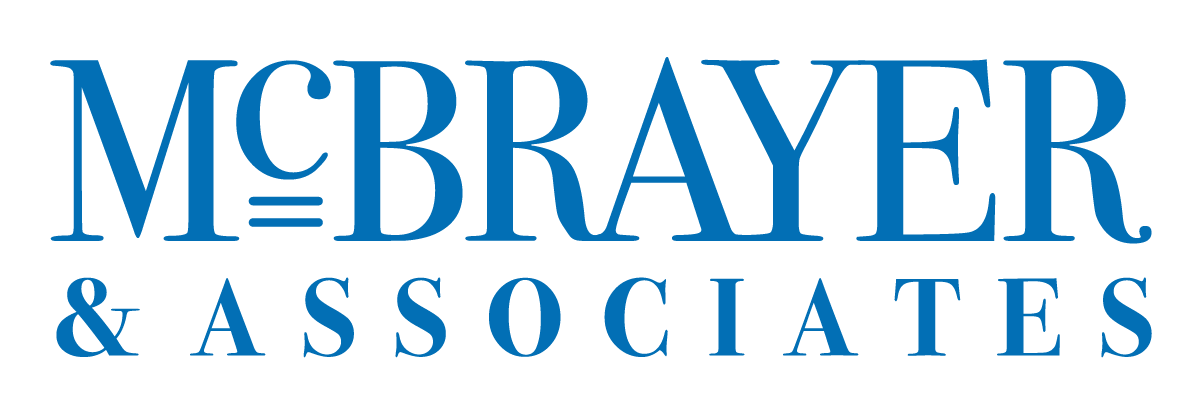How to Know that Your Buyer’s Investment is Worth the Return

People form mental pictures of their desires when they talk about their goals, and the things that we desire most earnestly, we believe in most easily. As the seller, it is our job to help the buyer discover their desired benefit.
The best way discover your buyers’ desires is to ask. When we ask Desired Results Questions, we are asking the buyer to visualize exactly what happens when they achieve their goals.
Traditional Selling Versus Modern Selling
Traditionally, sellers utilized the Feature and Benefit Model. The “Feature” is what the product or service actually does, and the “Benefit” is what it does for the buyer. The Benefit was the problem that the product solved or the goal it helped obtain.
The one huge, glaring downside to the Feature and Benefit Model is that it assumes that all buyers want the same benefit.
To be clear: not all buyers want the same benefit.
In the middle of the Sales Funnel, our job is to help the buyer discover their desired benefit. We as the sellers should help them find out their Desired Results.
The Trouble with Return on Investment (ROI) Performance
Business decisions are usually made on a Return on Investment (ROI) performance. This model has two variables.
Investment
The easiest variable to grasp is the “I,” or the investment. The investment is how much the solution costs. That means it’s not only the cost of the product, but the total cost of the solution. The total cost (investment) includes the cost of implementation, the cost of change, the price of the training, the time spent on the training, et cetera.
The investment aspect of the ROI equation is the easy part to understand. It’s also the part that inclines the buyer to say no to change.
Return
The more difficult part of the ROI equation to measure—and to imagine—is the return. The return answers the question, “What do I get for the investment?”
Rather than let the buyer guess at what return s/he should expect, the seller discovers those desires. The seller should ask Desired Results Questions to uncover in what ways the buyer wants to benefit.
Real Life Application
There’s an old anecdote that goes like this:
The CFO of Coca-Cola needed to hire an accountant. He set up three interviews with recent college graduates. The CFO asked each applicant one question, “What’s 2 + 2?”
The first interviewee answered incorrectly, “Negative four.”
The second interviewee answered factually, “Four.”
The third interviewee, when asked, “What’s 2+ 2?” answered, “What do you want it to be?” This final applicant knew that he needed to customize the benefit to his interviewer.
We need to do the same—customize the benefit to our prospects—when we present our proposal. The best way to prepare an accurate proposal, one that delivers the desired results, is by asking outright.
Examples of Desired Results Questions
In case you are at a loss as to what exactly a Desired Results Question looks like, here are a few examples:
- Is that problem worth fixing?
- How do you benefit by accomplishing your goal?
- What could you be doing if you didn’t have this problem?
- If the problem didn’t exist, how would your customers benefit?
- If accomplished this goal, would it provide a competitive advantage?
Conclusion
What we want to do, as the seller, is find out what our prospect wants so that we can give it to them. The best way to discover what the prospect desires is to ask Desired Results Questions. Answering these types of questions requires buyers to visualize their end goals and all the benefits they will reap from their specific result.
Photo by Wilfred Iven.
